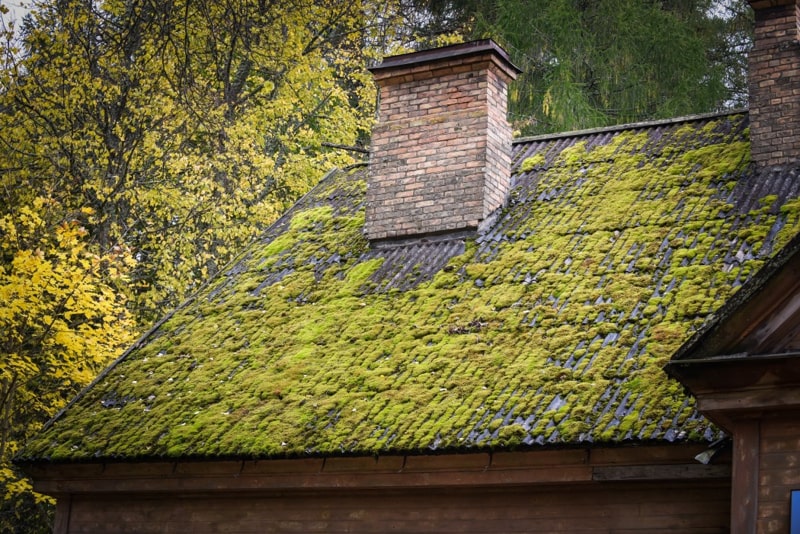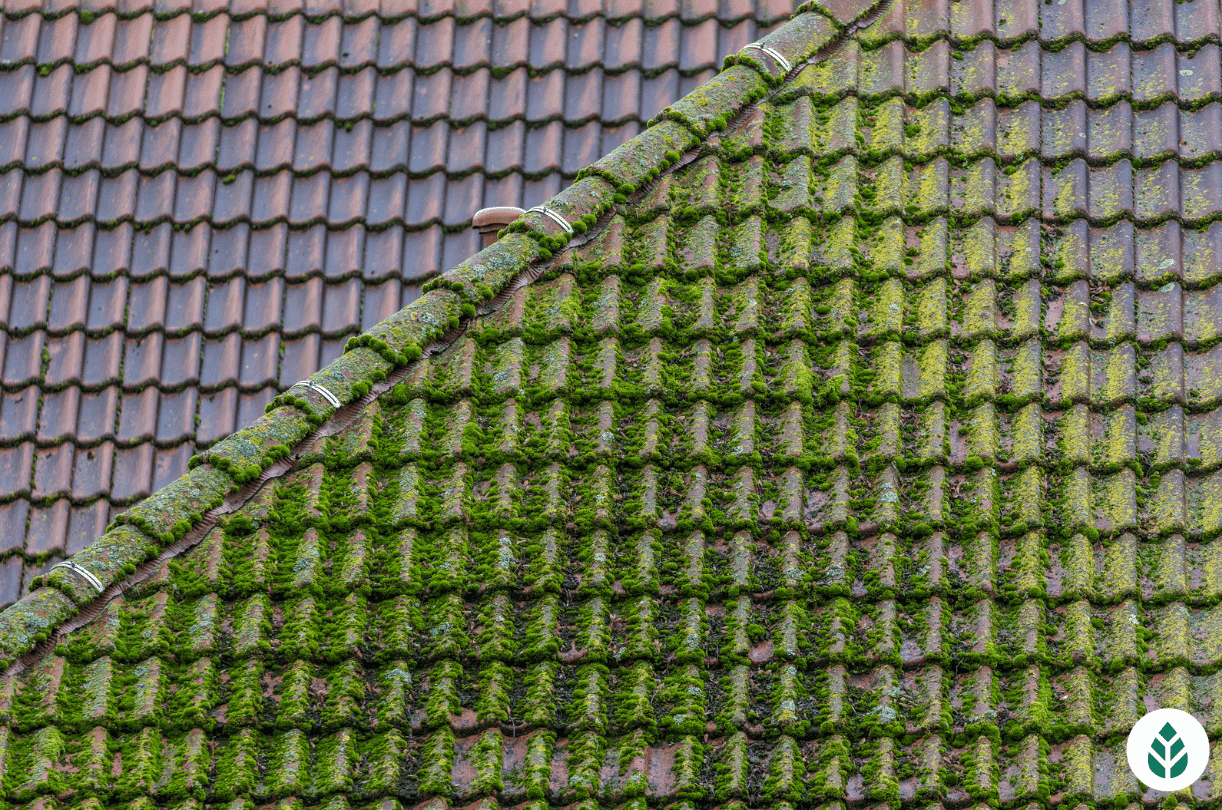This blog post will answer the question, “is moss bad for your roof?” Moss growth on rooftops is a common problem for homeowners, especially in damp, shady areas. This article looks at whether moss actually damages roofs and what can be done to control it. Credit: South Thames Roofing Yes, moss is bad for your roof. Moss retains moisture against shingles, which leads to deterioration and leaks over time. The dampness caused by moss growth encourages rot, mould, and decay. Moss should be removed to prevent severe damage to roof structures. In our professional opinion as roofing experts, moss poses a real threat to roof integrity and should be addressed quickly. Even small amounts of moss can retain moisture and cause underlying deterioration. We recommend vigilant moss removal and drying out of the roof to prevent costly repairs down the road. Don’t wait until you have major leaks, as the damage may already be done. Moss itself does not damage roof tiles or materials. However, moss can still cause problems if left to spread unchecked: So while moss alone does not damage roofs, the secondary effects of moisture retention, added weight, and clogged drainage can compromise integrity. Preventing moss growth is therefore recommended to protect your roof. Credit: EcoWatch In addition to potentially damaging roofs over time, moss growth can lead to other nuisance issues: So while moss itself is harmless, overlooking a moss problem can lead to bigger headaches down the road. Staying on top of moss removal protects your roof’s function and your home’s aesthetics. Once moss takes hold, removing it can be challenging. Prevention is the best solution. Here are some tips to stop moss before it starts: Stopping moss from taking hold in the first place will save you from more difficult removal down the road. A little prevention goes a long way. If moss has already established itself on your roof, removing it requires some care. Here are a few tips for safe, effective moss removal: Patience and gentle abrasion are key for removing moss buildup. Avoid harsh scrubbing or pressure washing, which can damage shingles. With proper technique, you can restore your roof’s moss-free appearance. While DIY moss removal is possible for many homeowners, there are times when it’s best to call in a professional: Don’t risk injury or roof damage – if in doubt, contact a licensed roofing contractor. Their expertise can restore your roof safely and minimise future moss problems. Yes, moss should be removed from roofs to prevent damage. Moss holds moisture against the roof, which can lead to rot, leaks, and mould growth. Removing moss helps extend the life of your roof. Moss on roofs is a problem because it can retain moisture, which causes damage over time. Moss can lift and crack shingles, allow water infiltration, and lead to decay of the roof deck. Even if moss itself doesn’t cause damage, the moisture it retains can. You can remove moss naturally using a stiff brush, hose, or pressure washer. Vinegar or hydrogen peroxide can also help kill and remove moss. Be sure to thoroughly scrub and rinse the roof to remove all moss debris. Yes, moss on the roof can lead to dampness in the house. Moss holds moisture against the roof, which can seep through cracks or openings. This moisture can then make its way into the attic or living space, causing dampness issues. In conclusion, moss growth on roofs is generally detrimental and should be removed. Moss retains moisture against the roof surface, which can lead to rot, leaks, mould growth, and structural damage over time. Thorough moss removal is recommended to extend the life of your roof and prevent dampness issues in the home. Overall, moss is bad for your roof as it compromises the integrity and can cause thousands in damage if left unchecked.
Is Moss Bad for Your Roof?

Key Points
Our Opinion
Does Moss Damage Roofs?
What Problems Can Moss Cause?

How to Prevent Moss Growth
Removing Moss Safely
When to Call a Professional
FAQ
Should you remove moss from the roof?
Is moss on the roof really a problem?
How do I get rid of moss on my roof naturally?
Can moss on the roof cause dampness in the house?
Conclusion
